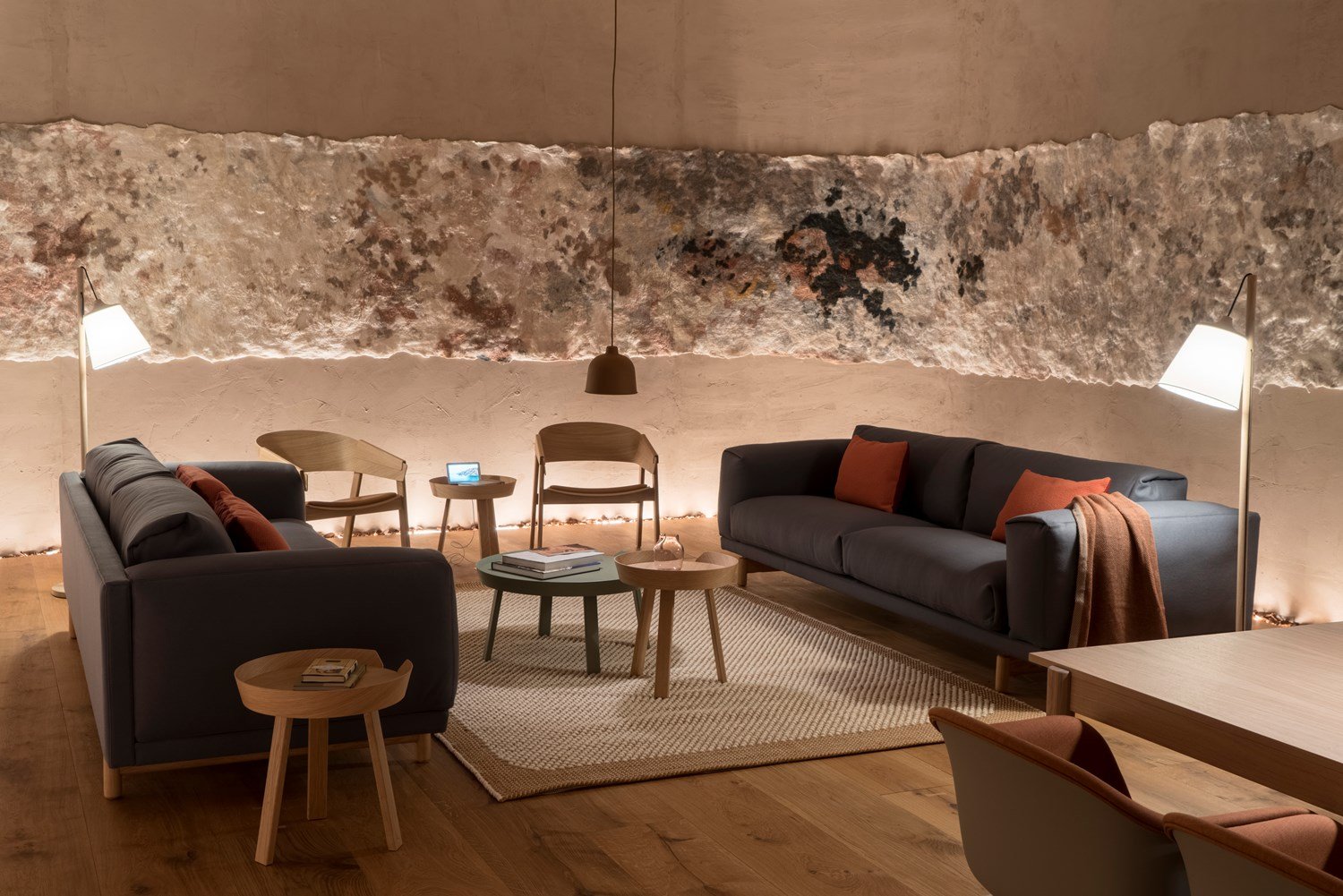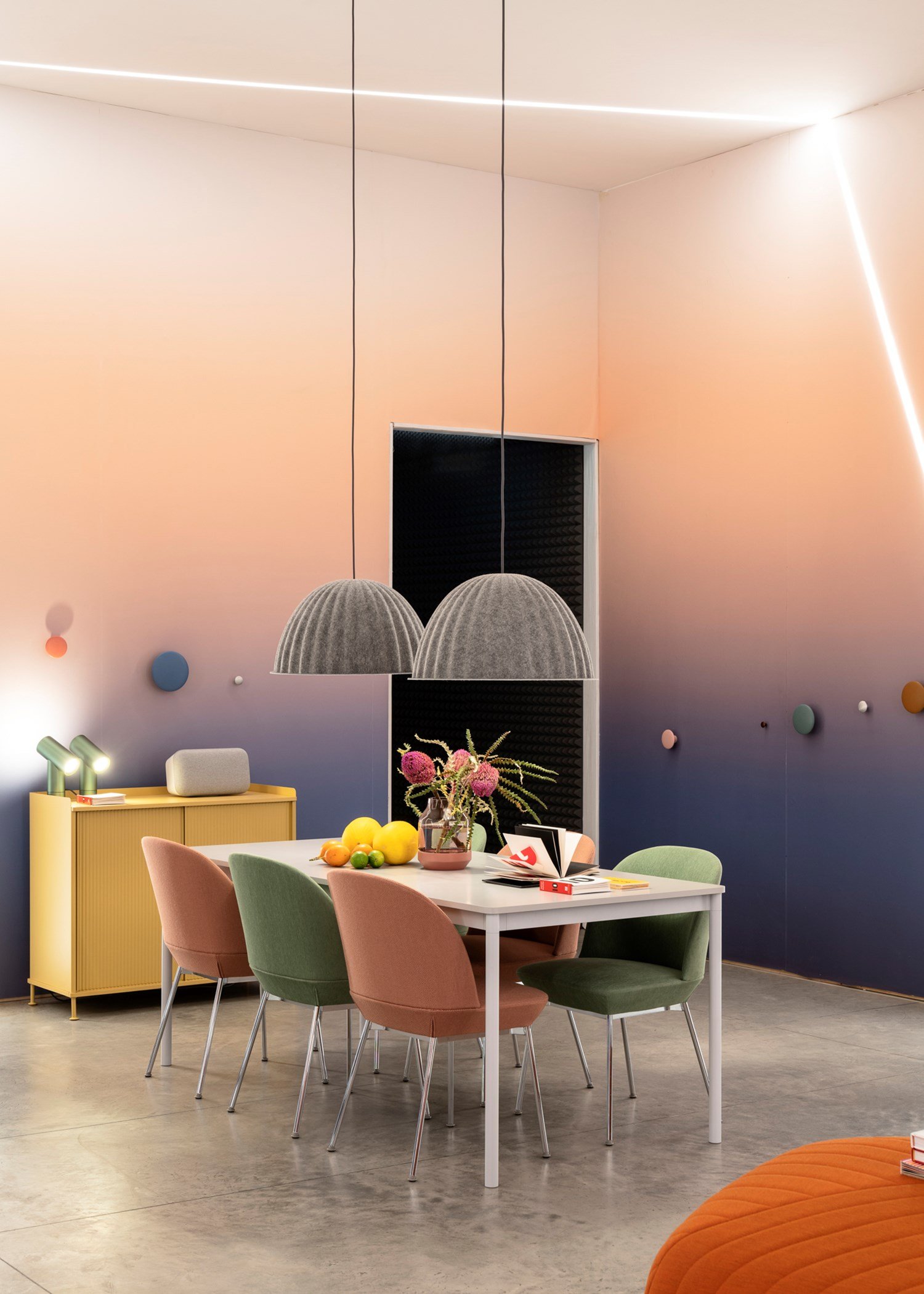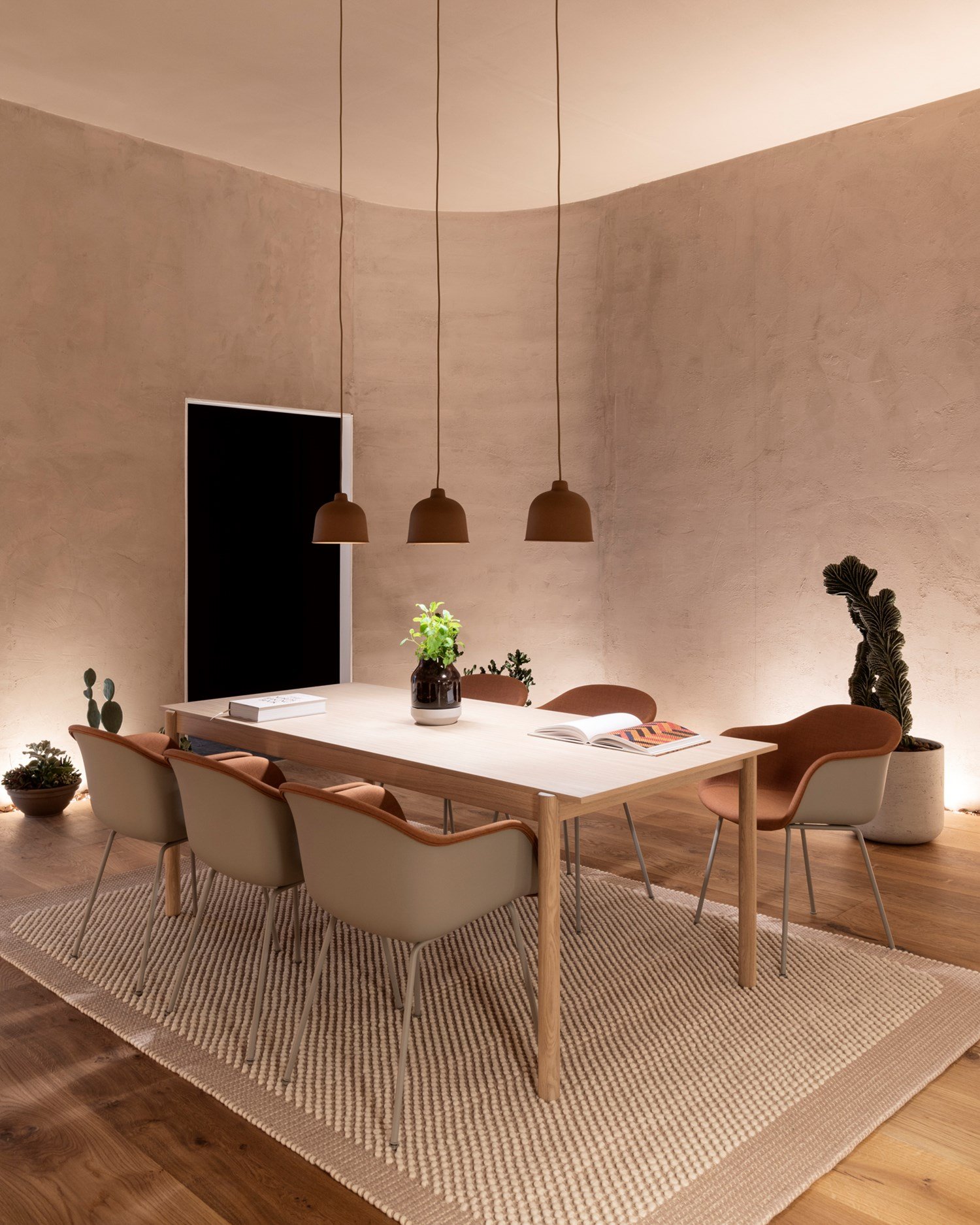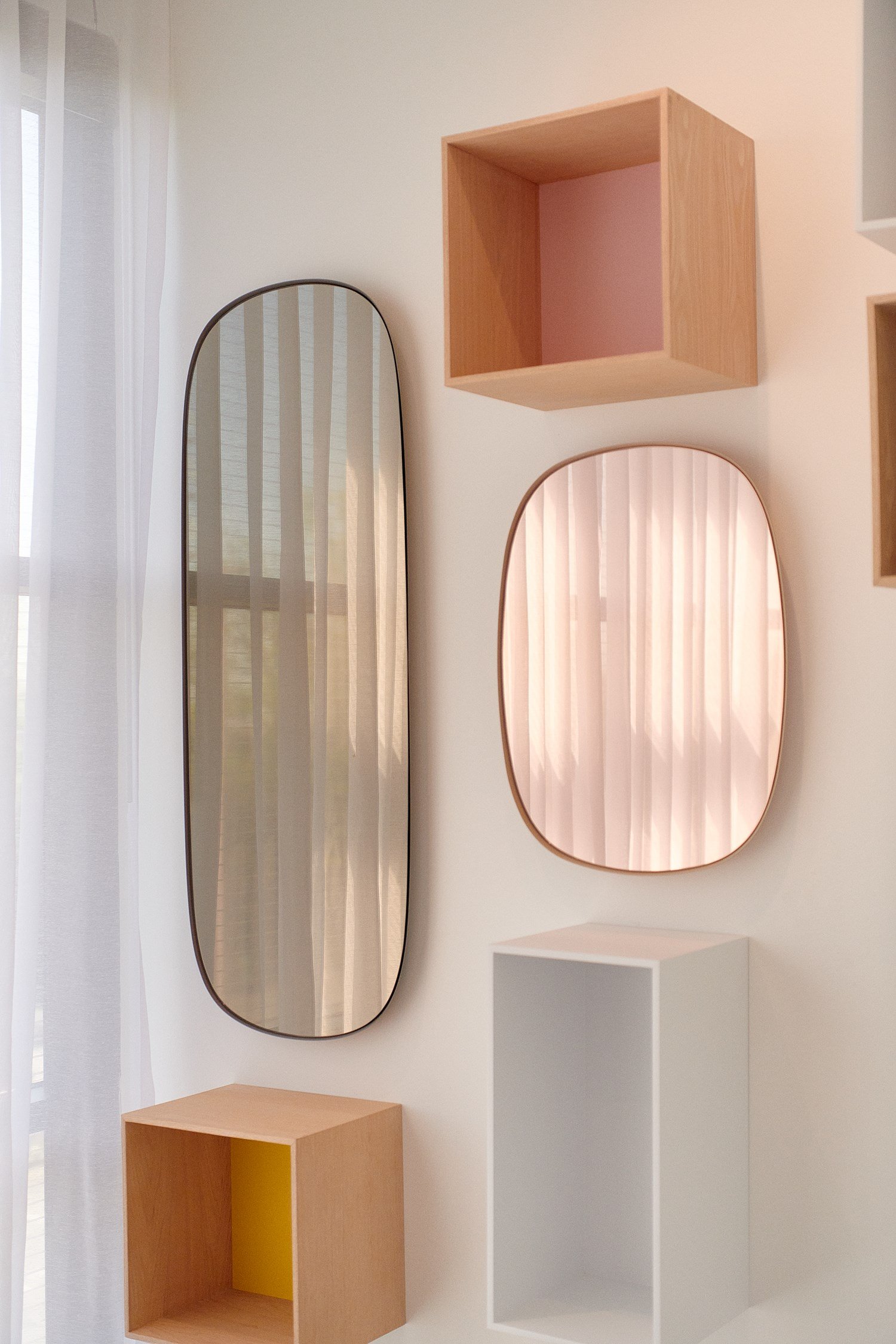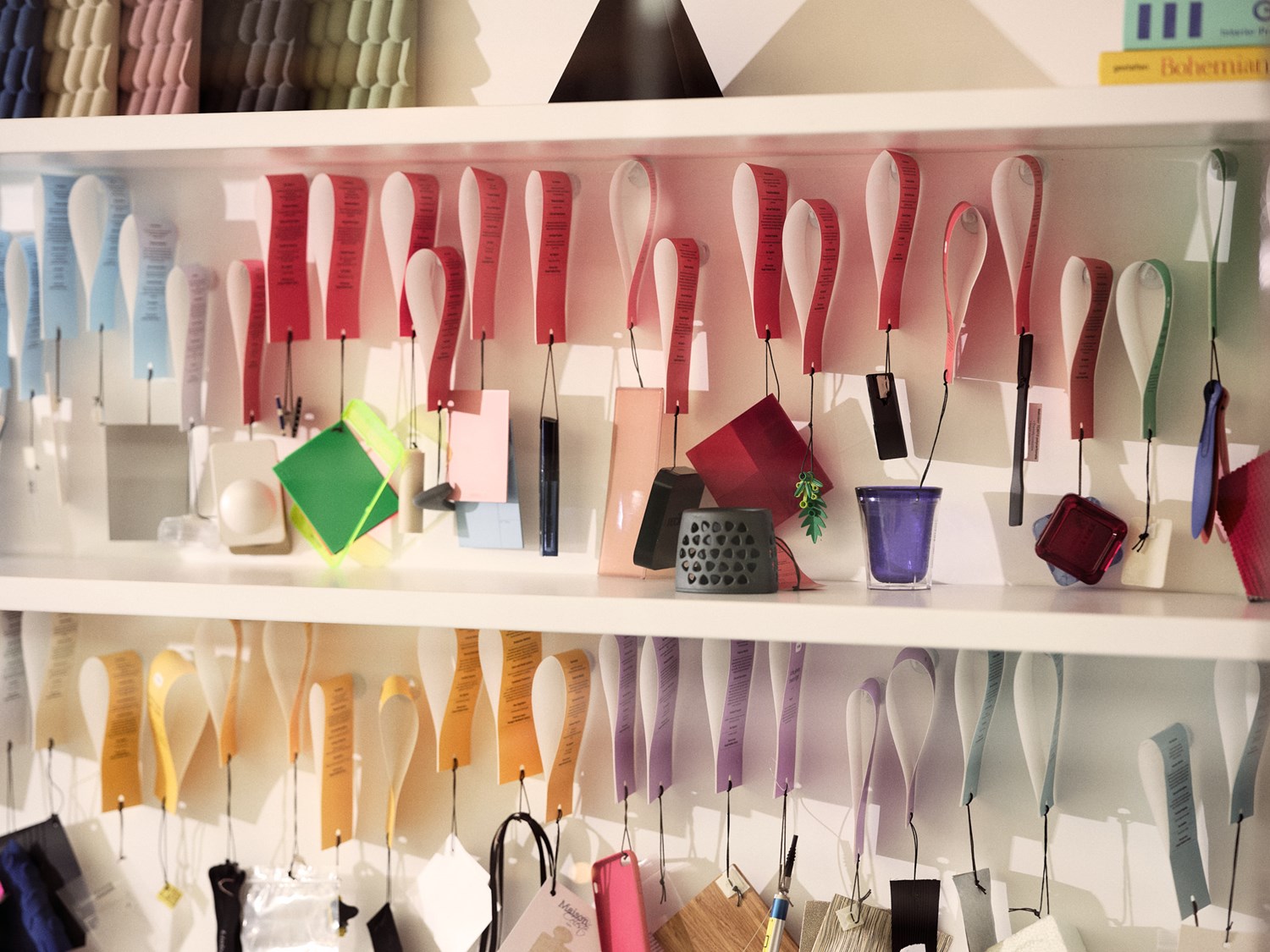Muuto’s first collaboration with Ivy Ross and Google was on the “A Space For Being” exhibition during Milan Design Week in 2019. It explored how elements such as color, tactility, and light affect our feelings and experiences in a space, a subject we have continued to develop ever since. She is also currently heading the jury of the Muuto Design Contest, launching in June.
We recently sat down with Ivy to discuss color and collaboration, design philosophies, and the immense potential of neuroaesthetics in the fields of arts, architecture, design, and beyond. This conversation highlights how technology and traditional design can complement each other to create objects and spaces that are more attuned to our bodies and minds.
